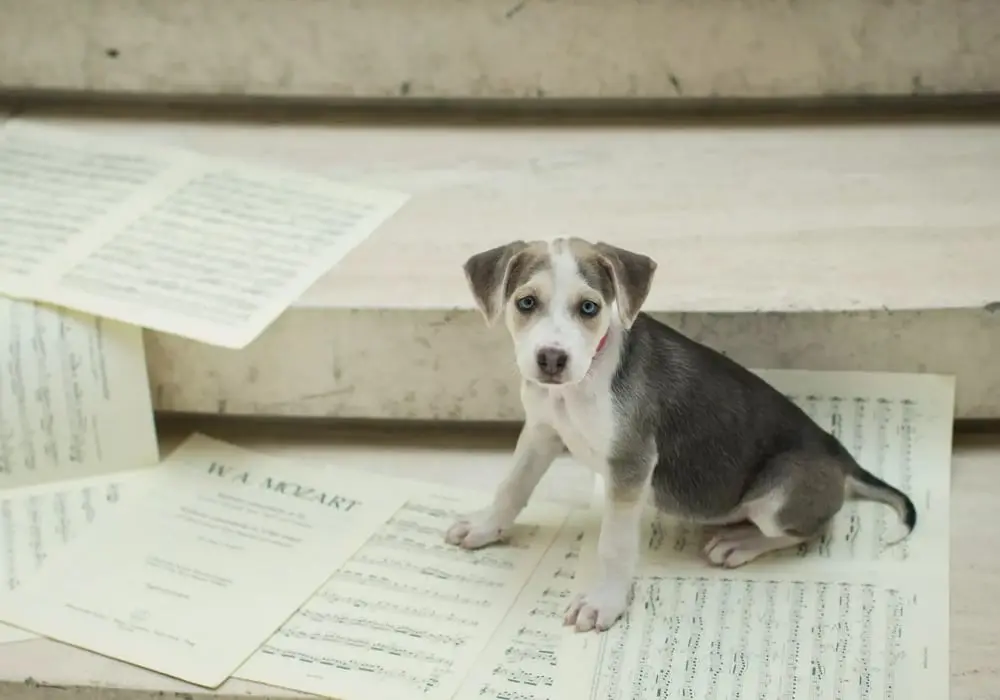If you don't know what to do, potty training a new puppy might be challenging, but there are various tools you can use to help your puppy go potty where you want it to go. If you’re living in an apartment, or do not have quick access to take your dog outside, potty pads (also known as puppy pads or pee pads) are a useful tool for teaching your puppy where to go to the bathroom. This training method relies on consistency and patience, which you may then utilize to teach your dog to finally potty outside.
Related Article: How to Remove Pet Stains and Odors
A toilet pad's purpose is to give a visible, constant spot for your puppy to relieve themselves. You'll want something that's absorbent, easy to clean, and big enough to handle the messes that your puppy generates. In comparison to miniature breeds, large breed dogs may require heavy-duty solutions. Newspapers, paper towels, cloth towels, urine pads from the shop, and indoor/outdoor carpet toilet stations are all alternatives.
Newspaper and paper towels are not good options since they will become filthy and are difficult to clean up after your puppy has gone potty on them - but they are cheap. Cloth towels are absorbent, but they must be laundered on a regular basis, and your dog is more inclined to chew on them as if they were a blanket or toy. Because of their absorbency, size options, and ease of disposal, store-bought pee pads are the most popular option. Indoor/outdoor carpet potty stations particularly made for dogs are wonderful solutions if you wish to train your tiny dog to use the toilet indoors.

Allow your dog to inspect and smell the potty pads you've selected. This will help it become acclimated to the new thing, the scent of the pheromones that help push your dog to use that spot, and not be afraid of it when it's time to go potty. Allow your puppy to walk on the pad as you repeat a consistent command, such as "go potty," at potty time. When they first come out of their crate in the morning is an excellent time to introduce this verbal cue. Potty training is as simple as your dog having an association with a specific texture.
You'll need to keep your puppy close by when toilet training, so you can anticipate when they're going to go potty. There are a few crucial moments and behaviors to keep an eye out for that will alert you when your puppy needs to use the bathroom.
Puppies normally go potty when they sleep, eat, drink, and play. You should pick up your puppy around 5 to 15 minutes after it does any one of these things and set it on the potty pad in expectation of it having to use the bathroom.
Instead of playing or chewing on a toy, your puppy will start sniffing around on the ground, indicating that it has to go potty. If it starts doing this, you should take it up and set it on the potty pad.
It's possible that your puppy will need to go potty every two to three hours. Make it a habit to take your puppy to the pee pad every couple hours or so.
Puppies respond well to praise and treats. If your dog uses its toilet pad, make sure to praise it right away. This can be expressed verbally in an eager tone of voice, by caressing your dog, or by providing it a special, soft reward that is only given when it is time to go potty.
Maintain a consistent schedule for your puppy. This will help you anticipate when your puppy might need to go potty.
Each time, say the same phrase that will become the command for going potty, remember to only say the command once or twice, otherwise your dog will eventually learn to “tune the word out”.

When potty training your new puppy takes longer than intended, it's easy to become frustrated. However, patience is required throughout this process. Keep in mind that potty training takes time. Expect no more from your dog than he is capable of. The following suggestions will assist you in maintaining your composure: